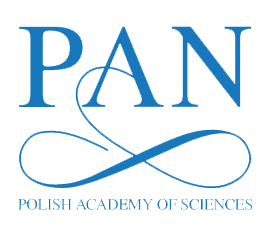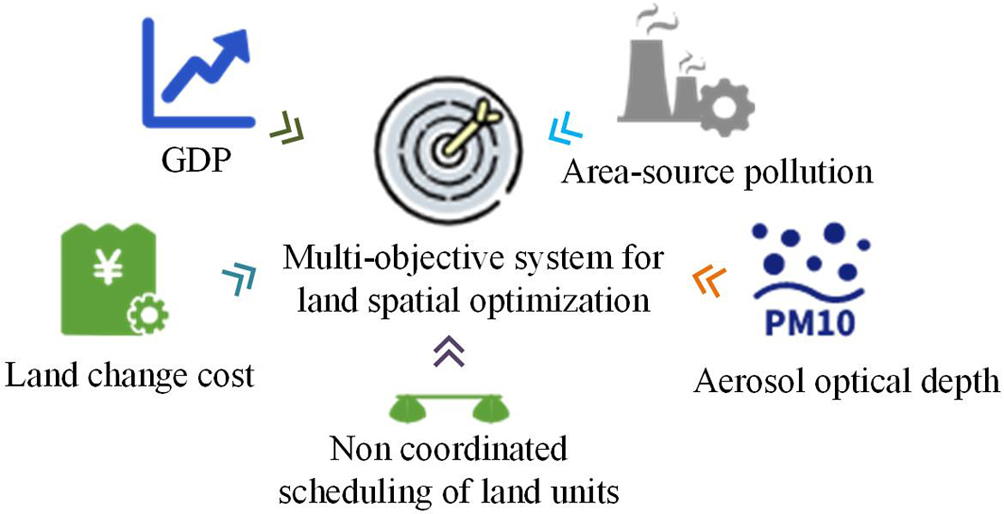Optimal allocation of urban land space based on NSGA2
1
School of Human Settlements and Civil Engineering, Xi'an Jiaotong University, China
2
School of Civil Engineering and Architecture, Henan University of Science and Technology, China
3
First Affiliated Hospital, Henan University of Science and Technology, China
Submission date: 2024-02-05
Final revision date: 2024-04-16
Acceptance date: 2024-05-07
Publication date: 2025-03-20
Corresponding author
Archives of Civil Engineering 2025;71(1):157-172
KEYWORDS
TOPICS
ABSTRACT
Urban land spatial optimization is one of the important issues in urban planning and land resource management. As the speed advancement of urbanization and the continuous increase of population, the rational use of land resources has become the key to sustainable urban development. Based on this, the study adopts the optimization goals of maximizing gross domestic product (GDP), reducing aerosol optical thickness and non-point source pollution (NPSP) load, and reducing land use change costs and incongruity. Three constraints are set simultaneously, including minimum construction land, water body, and cultivated land area. In addition, a fast non dominated sorting genetic algorithm (NSGA2) with elite strategy is used to address it. The outcomes denoted that the iterative distance of the proposed algorithm on the Bin and Cohen functions was only 0.048%, which was 0.522% lower than that of the NSGA2. Meanwhile, the reverse iteration distance value of this algorithm was only 4.14%, which was 22.76% lower than the adaptive weighted genetic algorithm. In addition, the algorithm's Spacing value was only 4.28%, and the hypervolume index value was as high as 78.66%. This indicated that the research method had a good optimization effect on the optimal allocation (OA) of land space in urban agglomerations, providing scientific decision-making support for sustainable urban development.
Share
RELATED ARTICLE
We process personal data collected when visiting the website. The function of obtaining information about users and their behavior is carried out by voluntarily entered information in forms and saving cookies in end devices. Data, including cookies, are used to provide services, improve the user experience and to analyze the traffic in accordance with the Privacy policy. Data are also collected and processed by Google Analytics tool (more).
You can change cookies settings in your browser. Restricted use of cookies in the browser configuration may affect some functionalities of the website.
You can change cookies settings in your browser. Restricted use of cookies in the browser configuration may affect some functionalities of the website.




